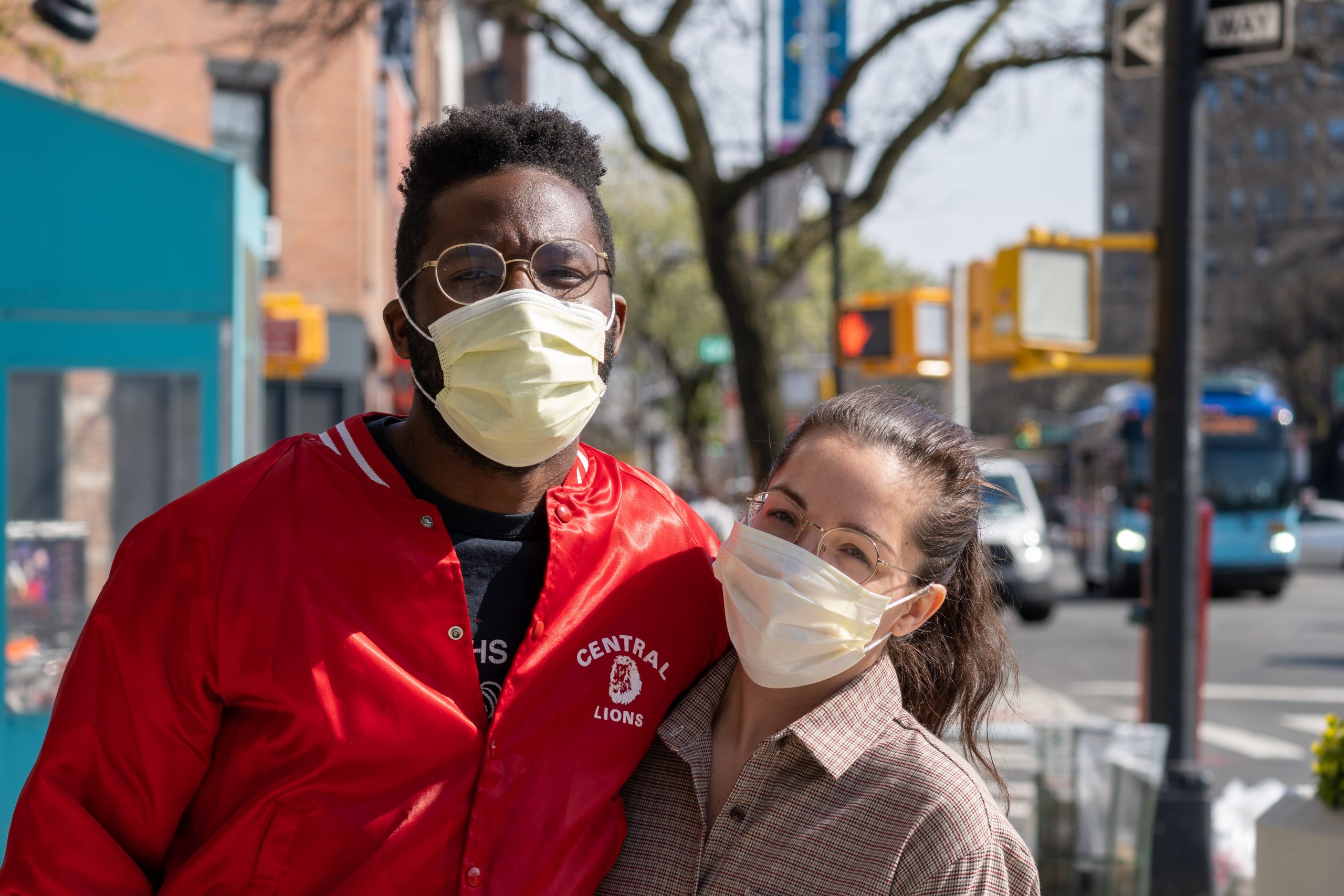In recent years, the political battle over reproductive rights has been heating up, with debates raging on both sides of the aisle about abortion laws and their impact on society. As legislators across the country continue to pass increasingly restrictive measures, women’s access to safe and legal abortions is under threat like never before. But this fight isn’t just about individual choice – it’s also a struggle for control over our bodies and our futures. In this blog post, we’ll explore how these contentious issues are shaping society today, and what you can do to make your voice heard in the ongoing debate. So buckle up, grab some popcorn (or tissues), and let’s dive into this important topic together!
The debate surrounding reproductive rights
The debate surrounding reproductive rights is one of the most heated and controversial topics in politics today. At its core, the debate is about whether or not women have the right to control their own bodies and make decisions about their reproductive health.
There are a number of different arguments that can be made on both sides of the issue. Those who support reproductive rights argue that women have a fundamental right to make decisions about their own bodies and health care. They believe that abortion should be legal and accessible, and that women should have the right to make decisions about their reproductive health without interference from the government.
Those who oppose reproductive rights argue that abortion is murder and that it should be illegal. They believe that the government has a role in regulating reproduction, and that women should not have the right to make decisions about their bodies without government approval.
The debate surrounding reproductive rights is complex and emotional, and it is unlikely that there will ever be a resolution that satisfies everyone. However, as society continues to grapple with this issue, it is important to keep an open mind and listen to all sides of the argument.
The legal landscape of abortion in the United States
Since the Roe v. Wade decision in 1973, abortion has been a legal right in the United States. However, this right is constantly under attack by conservative forces who would like to see it overturned. In recent years, there have been a number of challenges to abortion laws at the state level, with many states passing laws that restrict access to abortion.
The legal landscape of abortion is complex and ever-changing. While abortion is still technically legal in all 50 states, the restrictions that have been put in place make it difficult for many women to obtain the procedure. In some states, such as Texas, there are only a handful of clinics that offer abortions. And even in states where abortions are more accessible, financial barriers can make it difficult for low-income women to obtain the procedure.
The political battle over reproductive rights is likely to continue for years to come. With the Trump administration firmly in control of both the executive and legislative branches of government, we can expect more attacks on abortion rights in the future. It’s important that we remain vigilant and fight back against these attacks so that women can maintain their right to make decisions about their own bodies.
The impact of abortion laws on society
Since the Roe v. Wade decision in 1973, abortion has been a divisive issue in the United States. While the Supreme Court ruled that a woman has a constitutional right to an abortion, there have been many attempts by political conservatives to overturn or limit this ruling. These attempts have had a significant impact on society, both in terms of the public debate and the actual laws that have been passed.
The most recent attempt to overturn Roe v. Wade was the confirmation of Brett Kavanaugh to the Supreme Court. While Kavanaugh has not explicitly said that he would vote to overturn Roe, his past comments and rulings on abortion cases suggest that he would be likely to do so if given the opportunity. This has led to fears among many women that their right to choose could soon be taken away.
The impact of abortion laws on society goes beyond just the debate over whether or not it should be legal. The restrictions that have been placed on abortion access have also had a major impact. For example, many states have passed laws requiring women to wait a certain amount of time after they receive counseling before they can have an abortion procedure. This can make it difficult for women who live in rural areas or who cannot take time off from work to get the care they need.
Other states have passed laws banning abortions after a certain point in pregnancy, typically 20 weeks. These bans often include exceptions for cases of rape, incest, or danger to the life of the mother, but not for cases of fetal abnormalities
The future of reproductive rights in the United States
The future of reproductive rights in the United States is uncertain. The current administration has been openly hostile to women’s reproductive rights, and has appointment several Supreme Court justices who could potentially overturn Roe v. Wade.
There have been a number of challenges to abortion laws in recent years, and it is likely that this trend will continue. Several states have passed laws banning abortion after a certain point in pregnancy, and more restrictive laws are being proposed all the time.
It is clear that the fight for reproductive rights is far from over. Women need to be aware of the threats to their rights, and be prepared to fight back against any attempts to roll back progress.
Conclusion
The political battle over reproductive rights has been an ongoing fight for decades, and it shows no signs of slowing down. It is clear that abortion laws have a direct effect on how society views women and their right to bodily autonomy. In order to continue making progress in this area, we must keep advocating for the reproductive rights of all people regardless of gender, race or socioeconomic status. With enough collective action, we can ensure that everyone’s basic human rights remain intact and protected.




